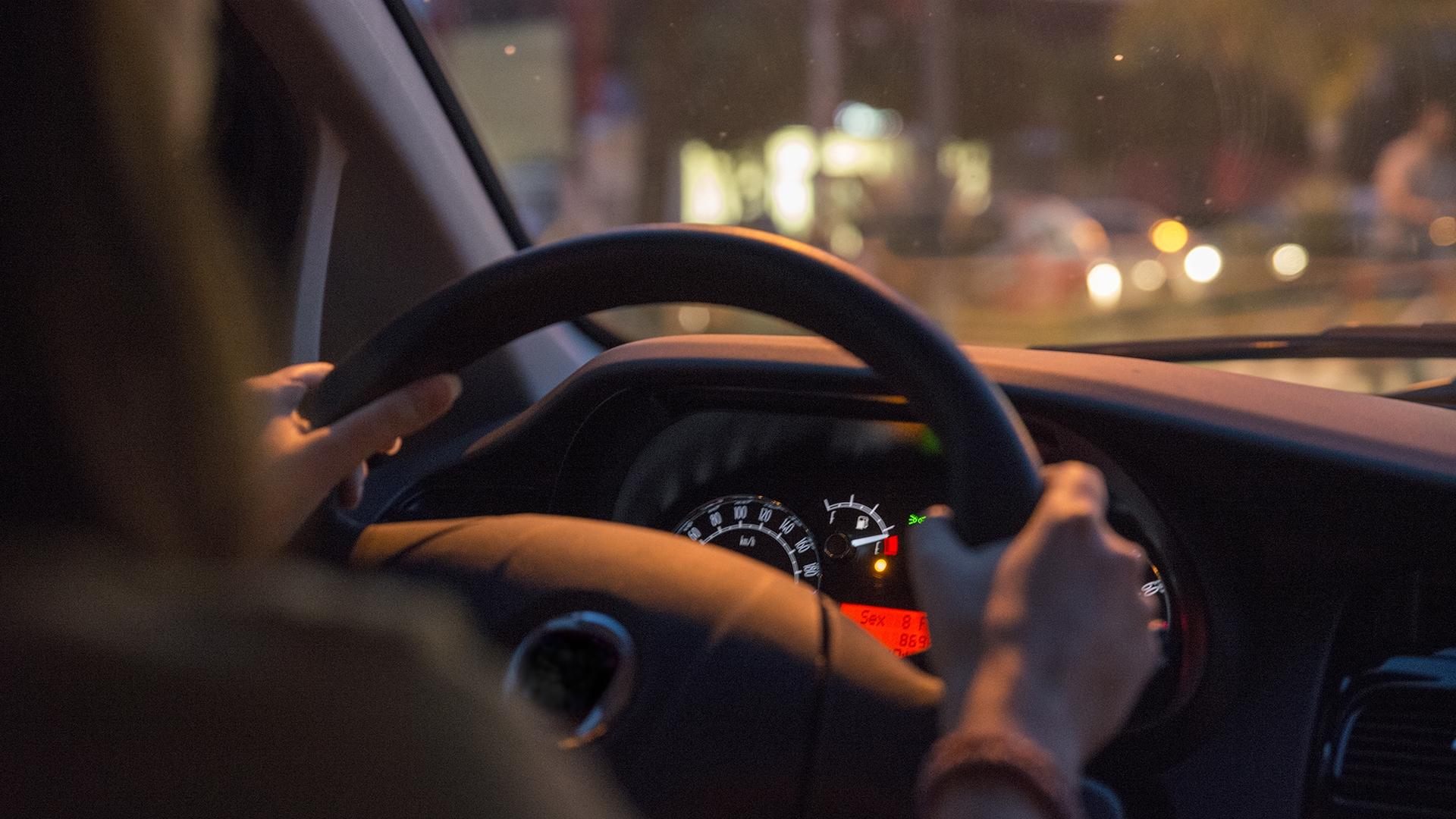Membership and connected space not available
Our membership registration and connected space will not be available December 14, from 8:30 p.m. to 11:30 p.m. because of systems maintenance. We apologize for any inconvenience.
How to drive safely at night

To drive safely at night, your headlights must be in perfect condition, and you should adjust to the oncoming traffic and driving conditions. Darkness reduces visibility and increases risks, making alertness essential. Here are our tips to see and be seen, reduce fatigue behind the wheel, and avoid fines during your nighttime drives.
Why should you turn on your headlights at dusk?
You should turn on your headlights and vehicle lights in the evening to see where you’re going and to be visible to other drivers. Most importantly, not all vehicles automatically switch on headlights. In Canada, daytime running lights operate continuously on all vehicles.
However, rear lights only turn on automatically on models from 2021 onward. So just because your daytime running lights and dashboard are on, it doesn’t mean your rear lights are.
Driving an older vehicle? Turn on your lights as soon as night falls and check that both front and rear lights are working properly. Don’t worry about your car battery—using your headlights and daytime running lights day or night has minimal impact.
How to check if your headlight lenses are effective
Check your headlight lenses for yellowing, cloudiness, or scratches. Test their range at night on a dark road. If the light seems weak or uneven, it’s a sign they need cleaning or restoration.
Headlight lenses deteriorate over time, reducing effectiveness. In Quebec, one in three cars has less effective headlights due to wear and tear (weather, abrasives, debris). This reduced clarity may go unnoticed in the city, but on dark roads at night, it can cost up to six seconds of reaction time at 40km/h—about 60 metres of visibility.
Two solutions to restore your headlights:
Professional headlight polishing, for example at a CAA-Quebec Approved Auto Repair Service
Over-the-counter DIY products (results may vary)
How to avoid dazzling other drivers
To prevent blinding other drivers at night, switch from high beams to low beams. Article 425 of the Highway Safety Code requires you to switch to low beams when within 150m of an oncoming or leading vehicle. Fines range from $60 to $100, plus fees.
Frequently getting flashed by other drivers? Your headlights may be misaligned. This can happen if your car has automatic high-to-low or low-to-high beam headlights. It’s a good idea to have a professional adjust them to improve visibility without disturbing other drivers.
Are LED or xenon bulbs safe for cars?
How to adjust your driving at night to stay visible and safe
To drive safely at night, you need to adjust certain behaviours, as darkness limits your field of vision. Here’s what to do:
Prefer highways and avoid two-lane roads, which are worst for glare, especially at dusk.
Slow down on country roads. Look beyond your headlights’ reach. Watch for wildlife to avoid nighttime accidents.
If an oncoming car approaches, look at the right shoulder. Use road markings as a guide.
If blinded by a vehicle, briefly flash your headlights to request low beams. Don’t overdo it; even low beams from some LED vehicles are very bright light sources.
Keep a safe distance from the vehicle ahead.
When in doubt, avoid overtaking.
Use the night/day mode on your rearview mirror.
Avoid placing objects on your dashboard that reflect on the windshield.
Dim your dashboard lights to reduce eye strain.
Avoid alcohol and monitor any medications.
Vehicle maintenance to improve night visibility
Proper windshield care ensures optimal nighttime visibility while keeping you safe:
Regularly clean your windshield and mirrors.
Apply a protective coating, like Aquapel, to improve visibility in rain or snow.
Replace windshield wipers at least once a year, ideally in the fall or as soon as the blades wear out.
Signs of fatigue while driving
Fatigue is a frequent cause of nighttime accidents. Watch for these side effects:
Frequent yawning
Eye irritation
Heavy eyelids closing involuntarily
Difficulty finding a comfortable position
Slower reactions
Hallucinations or memory lapses
See our advice for recognizing, preventing, and responding to fatigue while driving.

“If you notice signs of fatigue, stop in a safe location. Take a 20–30 minute nap or a break to stretch. To stay awake and focused at night, plan breaks every two hours, eat light meals, stay hydrated, and avoid alcohol. Whenever possible, avoid driving at night or during your usual sleep hours.”
Daniel FrappierSupervisor, CAA-Quebec Driving Schools
Should you use glasses or lenses for night driving?
It can help. Night vision tends to decline with age, making driving less comfortable. Night-driving glasses or anti-reflective lenses reduce glare from headlights and improve contrast perception.
If your vision decreases or glare causes discomfort, consult an optometrist for lens adjustments. Remember: Any changes to your vision must be reported to the SAAQ, as required by law.
How to reduce stress and fear when driving at night
Practice is key. CAA-Quebec Driving Schools offer personalized courses to practise night driving with a specialist.
You can also stay updated on road safety with advice and resources from the CAA-Quebec Foundation.

Benefit from personalized advice
Do you have questions about gas-powered or electric vehicles, driving, or need recommendations to find an Approved Auto Repair Service?
